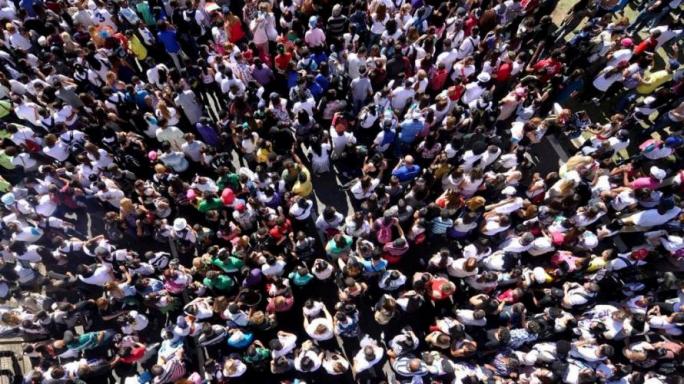
The population growth rate in Horowhenua will continue to outpace the rest of New Zealand for the next decade, a review of the Horowhenua Socio-Economic Projections has found.
The review, by Sense Partners, was carried out during the COVID-19 Lockdown and considered the COVID crises and subsequent border closures.
The review predicts 2.6% growth every year between now and 2029 compared to 1.2% growth nationally. From 2029 to 2039, the predicted growth is 2.8%.
growth every year between now and 2029 compared to 1.2% growth nationally. From 2029 to 2039, the predicted growth is 2.8%.
Horowhenua Mayor Bernie Wanden says population growth in Horowhenua outstripped the national growth rate for four years in a row, and it will continue to do so for the rest of the 2020s.
‘By 2041, more than 62,000 people will live in Horowhenua ‘” that’s larger than Whanganui and slightly less than live in Kāpiti now,’ he says.
‘The new expressways to the south have led to Horowhenua being named as a growth area by the Greater Wellington Region. More than 760,000 people will live within an hour’s drive of the district and that will provide a wealth of opportunities for residents in business, education and entertainment.’
HDC Chief Executive David Clapperton says the revised growth rate will give confidence to developers, builders, tertiary education providers and all related industries.
‘In recent years, the building sector locally has been growing strong. However, it will need substantial increase capacity if we are to meet demand. We estimate that we need to double the annual build rate to 560 homes every year for the next 20 years.’
At its meeting of 14 October, Horowhenua District Council adopted this population growth assumption as the basis for planning its Long Term Plan 2021-2041. The Long Term Plan sets out Council’s priorities for the next 20 years, including what Council will do; how much services, facilities and projects will cost; and how they will be funded.
Group Manager Customer and Strategy David McCorkindale says the new growth rate will inform the 2021-41 Long Term Plan so that we plan to have the right infrastructure for our growing communities.
‘We do not want to end up like growth cities that suffer from congestion, infrastructure issues, overcrowded classrooms and GP waiting rooms,’ says Mr McCorkindale. ‘We are determined to improve the wellbeing of our residents and the environment through growth.’
NOTE: 2.6% is from the 95th Percentile of the Sense Partners Projections Update Report, a summary of which can be found in the 14 October Council meeting agenda, available on the Minutes & Agendas page of Council’s website. Horowhenua District Council is using the 95th Percentile to inform its 2021-2041 Long Term Plan process. In 2017, Council selected the 50th Percentile, which proved to be less than half the actual growth rate. The 95th Percentile will help ensure the correct infrastructure is built in time to avoid congestion.
